In general, infrared sauna blankets are more like elevated electric blankets and heating pads than infrared saunas. Most infrared blankets on the market are constructed like electric blankets, with layers of plastic-coated wiring heated to temps up to 170°F between layers of plastic. A few contain additional layers of minerals or chemical compounds containing infrared-emitting properties1 (ex. tourmaline, jade) so they do have an infrared benefit, but the heat generated is mostly from the heated wiring that comes in contact with clothing and makes the person inside get hot and sweaty.
“Infrared” in an infrared sauna is produced by a heater source that emits therapeutic infrared light wavelengths, not just heat.2 The source of the heat matters for recreating infrared, and none of these blankets have infrared heaters that are found in infrared saunas. Their heat is generated by coated wires in contact with plastic covers and materials.
“Sauna” captures the feeling of being uncomfortably hot to create intense sweat for sweat’s sake. Infrared saunas are an enjoyable experience of clinically proven health benefits beyond just a good sweat. There is not enough research on “sauna blankets” to translate the many claims from infrared sauna to these hot plastic blankets. Research has shown that heat and sweat are good for the body,3 and most of the benefits of the blankets are a result of sweating and heat response.
“Blanket” describes what the product does – it blankets a person in a heated plastic cover that gets so hot to the touch that the instructions for use require wearing clothing to protect skin from burns. Also, infrared saunas are used for detoxing the body from environmental toxicants in the world. Blanketing the body in plastic and breathing in the smell of heated plastic to detoxify may be counterproductive. Saunas are made of non-toxic wood and materials to create a safe environment.
There are 5 aspects of these two experiences that help explain the differences between an infrared sauna and a sauna blanket: the type of heat, the source of heat, the experience, the materials, and the health benefits.


Infrared saunas heat your body through radiative heat.
Blankets use direct contact to create conductive heat transfer.
Sunlighten’s Senior Electrical Engineer, Steven Bell, explains why this is important. “There are three methods of heat transfer: conduction, convection and radiation.4 If there is a heated material in contact with you--electric blanket, sauna blanket, etc.--it is a conduction heat; not radiative. It is the difference between feeling the heat radiating off a hot rock (radiative) and feeling the heat by touching it (conductive).”
This illustration helps explain a basic difference between an infrared sauna and a blanket.
Conduction transfers heat through material by direct contact. Heating a pan on the surface of a stove, or feeling a hot handle, is an example of conductive heat. Laying on an electric, heated blanket warming your clothes is another example.
Radiation transfers heat using invisible electromagnetic waves and does not involve any interaction between matter. Infrared light from the sun is an example of radiative heat. Infrared saunas are another.
The wavelengths carry energy that is either absorbed or reflected. Materials can be good emitters, or poor emitters. This is important because the source of heat matters.
When you sit inside an infrared sauna, specially designed heating technology emits infrared wavelengths that pass through the air and enter your body, passing through the skin down into specially designed cells that were created to absorb light, like solar panels. Decades of studies of infrared saunas have proven these heaters emit infrared that result in health benefits such as endothelial cell and heart health, reduced inflammation, and many others.
When you zip or Velcro yourself between the layers of an infrared sauna blanket, heat transfers from the wires to the plastic to your clothes, which heats up your skin and causes you to sweat. Sweating is good and has many benefits. However, if you are looking for all the benefits of an infrared sauna, there’s not enough research to determine you’ll get all the same benefits with a blanket.
Bell explains that even the blankets that contain small infrared-emitting components are not conveying the infrared energy through radiation. Instead, the heat transfer comes from direct contact—conduction--with clothes and the cover, rather than being radiated to the body.
Infrared saunas use specially designed heaters to emit infrared wavelengths.
Blankets use electricity to heat coated wires and contacted surfaces.

Are infrared’s healing rays really present in an infrared sauna blanket? There are two things to know about infrared to understand how effective it will be at delivering the health benefits a product promises:
- What is the source creating and emitting infrared?
- How emissive is it, meaning how much infrared does the heat source send out in the wavelengths the human body absorbs?
Infrared sauna’s defining characteristic is the healing rays that are absorbed by the body. It requires a special source of heat that can emit infrared energy in the right wavelengths to be absorbed by the light receptors in our bodies.5 The source of heat matters. Designing heaters is a technological feat that requires science, expertise and complex equations to create optimal wavelengths because the body best absorbs infrared energy at specific wavelengths.
Sunlighten’s heaters have been third-party tested and proven 95-99% emissive. (View Sunlighten’s emissivity testing here) That means almost 100% of the heater’s wavelengths are effectively projecting infrared to the body. Emissivity is measured in percentages because it is a ratio. Microns are a measure of which wavelength is being emitted (far infrared is a range of 3-1,000 microns), but not how much the heater is producing of that wavelength.
Blankets use heated wires to create heat, but the primary mechanism will be electric kinetic heat more than infrared radiant heat. A few blankets added infrared emitting compounds to the layers. The wires heat the compounds which will emit infrared but the average emissivity of those is around 86%6, far less than infrared sauna heaters.
Blankets create extremely hot surfaces to generate sweat.
Infrared saunas are effective at comfortable temps; their healing rays feel like the warmth of the sunlight to create an enjoyable experience.
The blankets are marketed as “recreating the spa-like feel of an infrared sauna,” yet the experience described by online reviewers is that they are extremely uncomfortable. They induce sweat like a wrestler’s weight-cutting suit. People have reported jewelry getting so hot it burned their skin. The materials get so hot users must wear clothing to protect their skin from burns.
The defining experience of infrared sauna is the enjoyable experience of heat and light. There’s no need for clothing, and it feels like sitting beside a warm fire or in the pleasant sunshine.
Blankets are made of plastic materials.
Saunas are made of non-toxic wood.
The materials used to construct the blankets is primarily plastic. Sauna cabins are made from non-toxic wood, a product grown in nature. Certified Industrial Hygienist David Noles of Apex Environmental says, “Generally speaking when we are trying to detoxify from the environment, the instruments of detoxification we use should have as little plastic, glues, and adhesives that off-gas as possible. We are trying to detox plastic chemicals out of our bodies, from our environment, food, utensils... all the plastics that get into our bodies are endocrine disruptors.”
Any plastic smell upon opening or that lingers means VOCs (volatile organic compounds) are off-gassing, even if equipment isn’t able to detect the particles that are too small for the sensors, Noles explains.
Infrared sauna has been researched for decades, starting with its use in Japan for waon therapy,3 where the benefits for heart health were first discovered in cardiac patients. This was further affirmed by a study on Sunlighten’s SoloCarbon® heaters, which found infrared helps temporarily lower blood pressure. There are thousands of peer-reviewed, published papers on near and far infrared therapy and its impact on the body and its ability to support detoxification, strengthen immune system, improve sleep, help with muscle recovery and pain relief, anti-aging, mental health, relaxation, and overall wellness.
In an article in Shape magazine, Brent Bauer, M.D., director of the Mayo Clinic’s Integrative Medicine Departments, explained that there’s little to no science to back up the potential pros of sauna blankets.
"Until a manufacturer takes the time and discipline to do such scientific work on their product, I would be cautious about accepting claims for one product (i.e., blankets) that are based on data from another product (i.e., saunas) and trying to claim equivalency between the two," says Dr. Bauer. "This is not to say that there may not be benefits from blankets, it is just that from a medical perspective, we can only respond to data that has been made available to other doctors and researchers in a peer-reviewed scientific journal."
Infrared is both light and heat, so it does something more for our bodies than just convective heat, which heats up the air (radiating heat) or heating up a material (conductive heat).

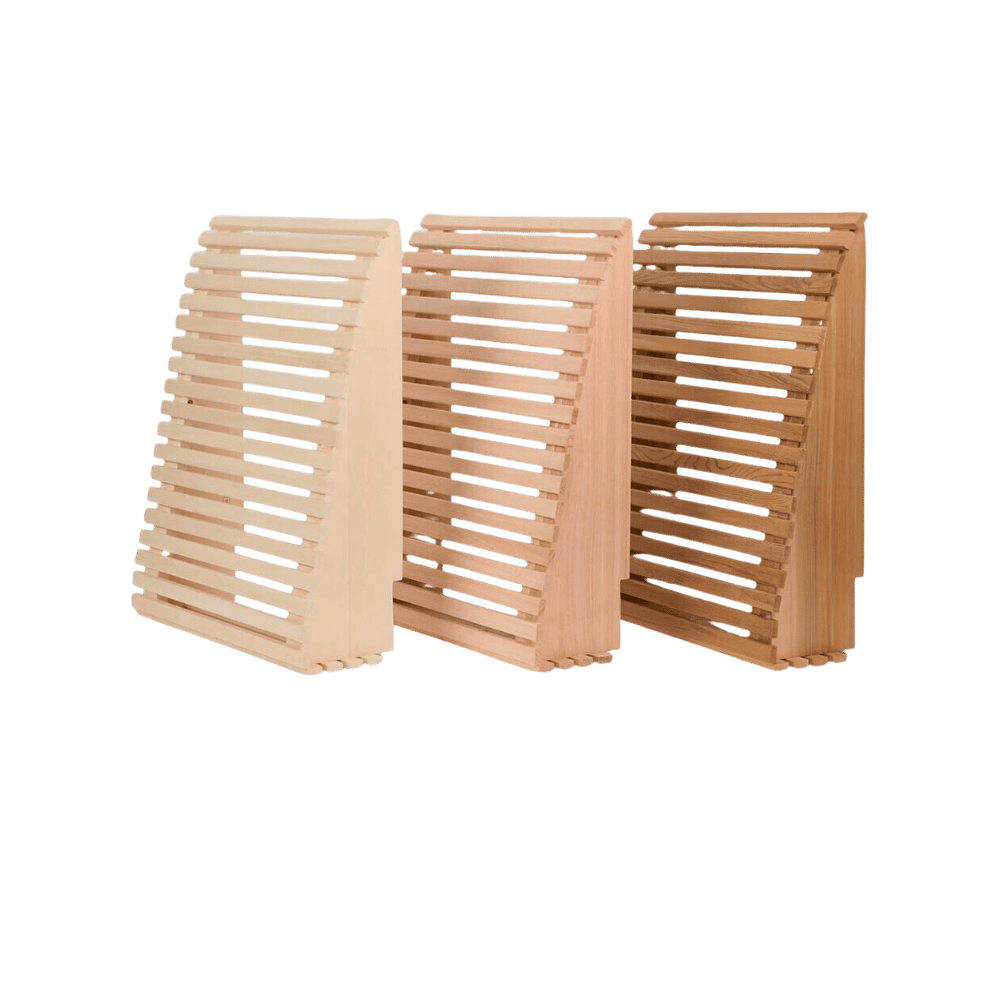
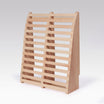
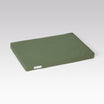
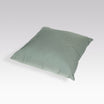
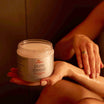
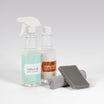
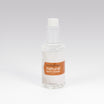
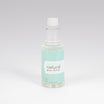
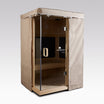



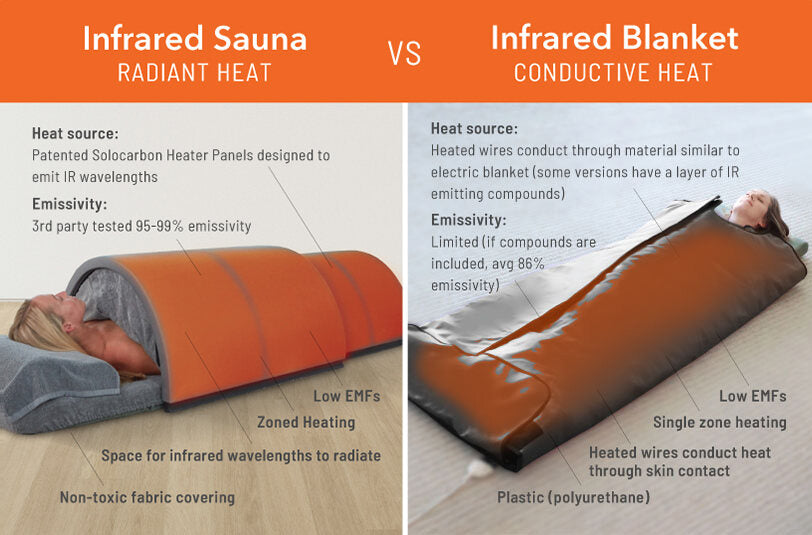
Leave a comment
This site is protected by hCaptcha and the hCaptcha Privacy Policy and Terms of Service apply.